De-colonizing: Indigenization at Evergreen
Isaac Crosby, whose job title is Lead Hand in urban agriculture at the Evergreen Brick Works, has a big smile, a big heart, and a big question: “If the Brick Works is on Indigenous land, why did First Nations communities stop coming down here?” It’s a question that informs all of Crosby’s work at the site, in the Don Valley of Toronto.
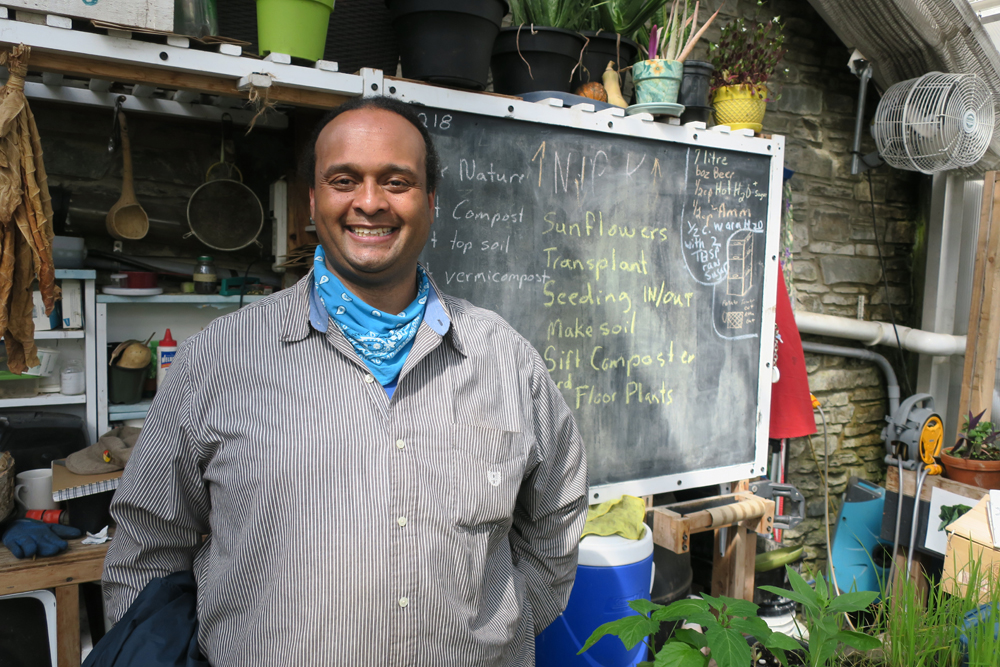
Crosby is Black and Ojibwe from Anderdon, unceded land about half an hour south of Windsor, and he is one of 13 employees who comprise the Indigenous Inclusion Working Group (IIWG) at Evergreen. The focus of the group, which has been in place for four years, is to Indigenize the Brick Works, through policy development, programs, and leadership. “It was a rough start,” Crosby notes, with characteristic directness, “but we’re now going full-steam ahead. We have a ways to go, but we’re doing it.”
One of the priorities of the IIWG is to develop strong and meaningful relationships with Indigenous people and organizations, and to partner with First Nations in Indigenous place-making at the Brick Works. “It’s all about sharing space and sharing power,” says Crosby, who acknowledges that, in general terms, many people at non-Indigenous organizations are afraid of this process. “You have to let go of this fear, and you have to be willing to share,” says Crosby. “Yes, you’ll make mistakes, but those will be opportunities to learn.” The worst that can happen, notes Crosby, is that a partnership won’t work out, in which case you can learn from that experience in your outreach to others. “Don’t give up,” he urges.
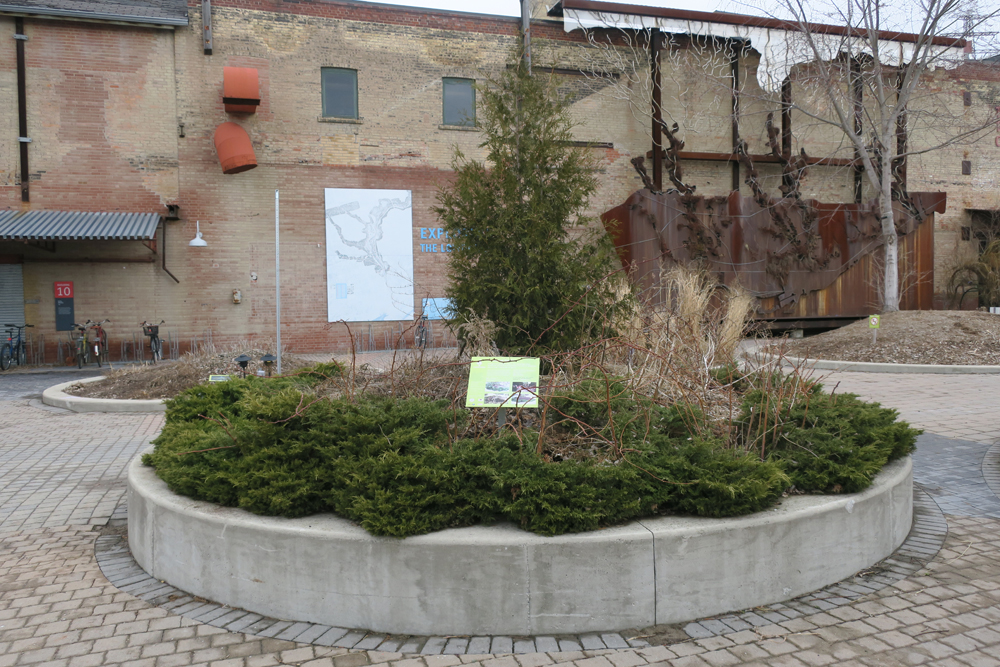
When asked about potential pitfalls, Crosby mentions tokenism, which he says has been “rampant” for a long time within many organizations and businesses. “Don’t just include Indigenous people in programs and decision-making when you need to for the funders,” he says. “Indigenous people and Indigenous issues should be part of everything that organizations do.”
Crosby stresses the value of spaces that are conceived of as Indigenous-led and Indigenous-programmed. At the Brick Works, for example, this includes the Thrive Garden, a “special spot,” says Crosby, where Elders gather for ceremony and where, every Sunday, the organization Ojibiikaan teaches Anishinaabemowin exclusively to First Nations toddlers and families in the morning and then opens it up to settlers and newcomers as well, in the afternoon. “There’s a special energy at the Thrive Garden,” says Crosby, who hopes that one day the area—which also includes a sweat lodge—will house an Indigenous cultural centre.
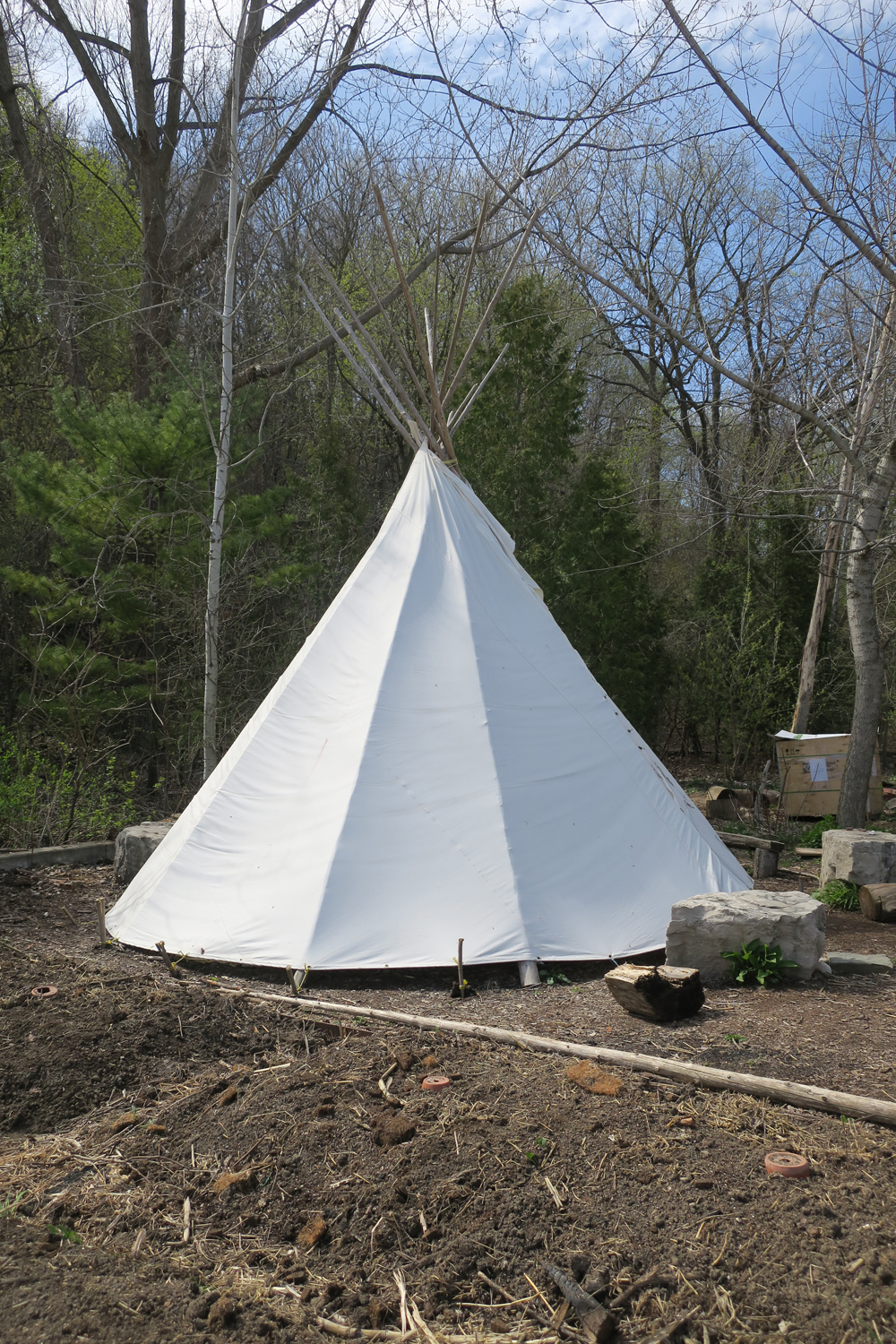
On the policy front, Crosby suggests that all organizations and businesses should engage in cultural competency training as a matter of course. “You’ll learn things you never learned in school,” he explains, about the past, present, and future. “It opens up a dialogue that should have happened a long time ago.”
One particular policy issue that has led to problems with other organizations, though not with the Brick Works, is smudging: an important cultural practice for many First Nations. Crosby recommends that organizations and businesses develop explicit policies for the practice and also deal with practical considerations so that fire alarms aren’t triggered.
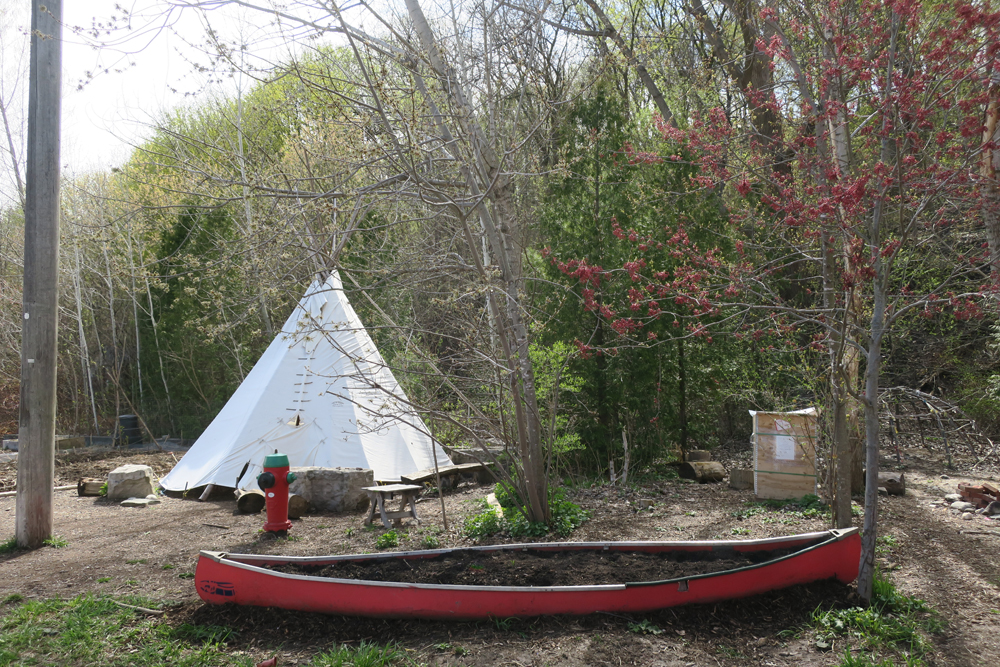
Two of the most visible ways for non-Indigenous organizations and businesses to signal their commitment to reconciliation, says Crosby, is to do land acknowledgements at all public events and to include land acknowledgements in employees’ email signatures. “It shows that you take these issues seriously,” he says, pointing to the value of staff training around land acknowledgements. “Teach people how to do it properly, how to embrace it in your soul, rather than just reading it off a piece of paper.” When you make it your own, Crosby notes, “that’s when people start to really listen to what you’re saying.”
Finally, and most significantly, Crosby stresses the importance of ensuring that Indigenous people have a voice in all organizations and businesses. “Be guided by Indigenous people,” he advises, noting that there are no shortcuts to this process. “First Nations must be at the table,” and that means hiring Indigenous staff and doing outreach to build meaningful relationships.
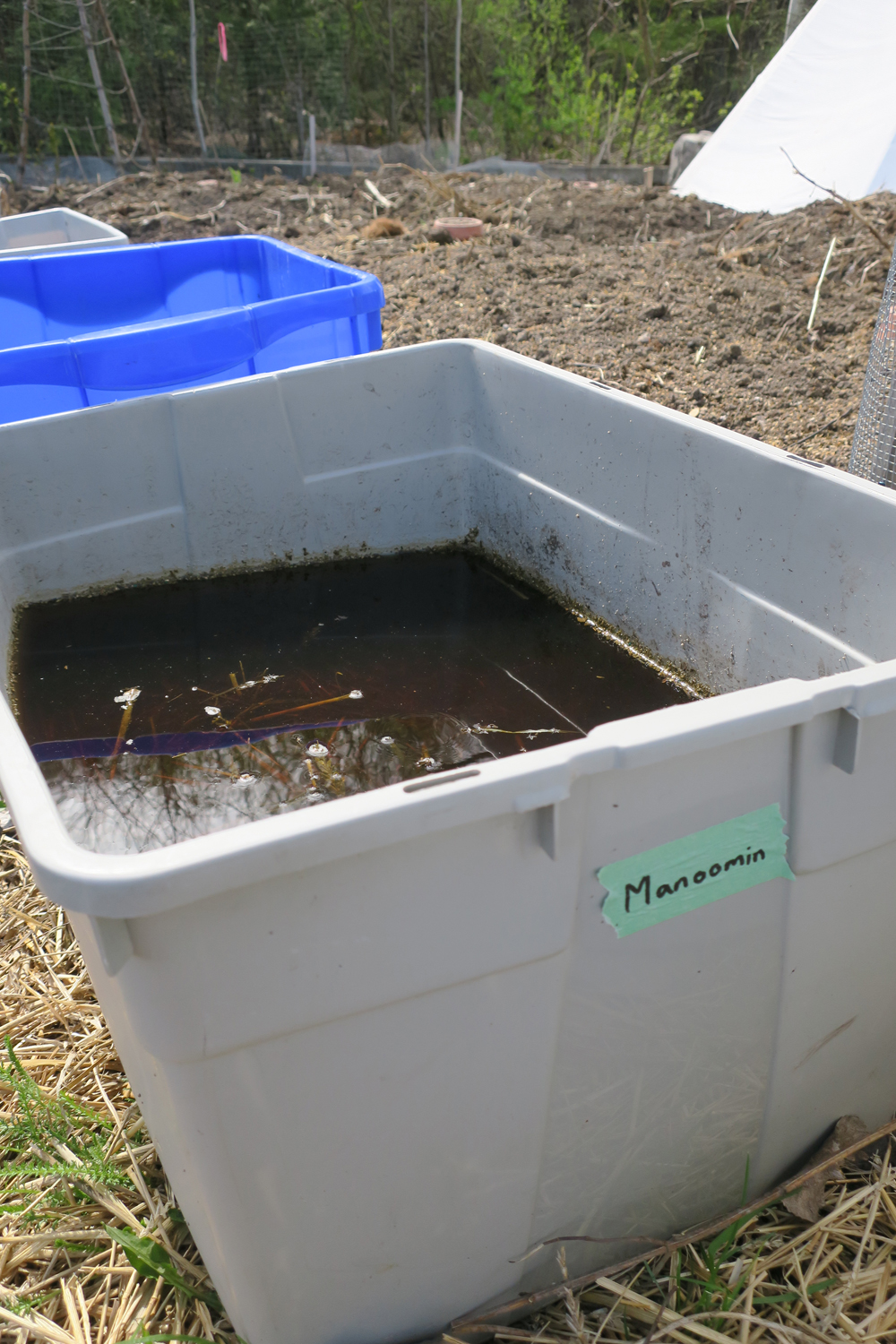
Evergreen, for example, recently hired an Indigenous Cultural Coordinator to help guide the organization and to ensure an Indigenous voice in decision-making. “There’s a general fear out there,” says Crosby, “that by sharing power, you’re going to lose power. But, in fact, it makes it better for your organization.”
Besides, notes Crosby, speaking of a change that is inevitable, “First Nations have always been pushed to the sidelines. Now, no longer.”
TEXT BY LORRAINE JOHNSON, FORMER GROUND EDITOR AND AUTHOR OF BOOKS ON ENVIRONMENTAL ISSUES.
